The 10 Big Stories Of 2009
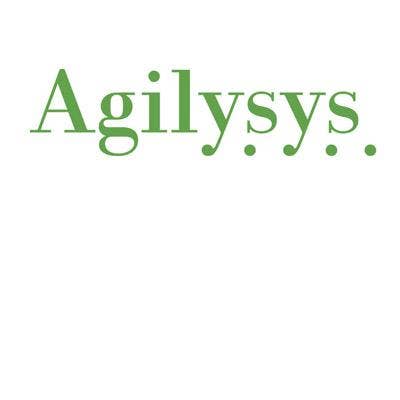
New technologies erased sins of the past, a touch of scandal hit several big-name vendors and VARs battled the economy (and searched high and low for those elusive stimulus dollars). These are the top stories that intrigued Channelweb.com readers throughout 2009.
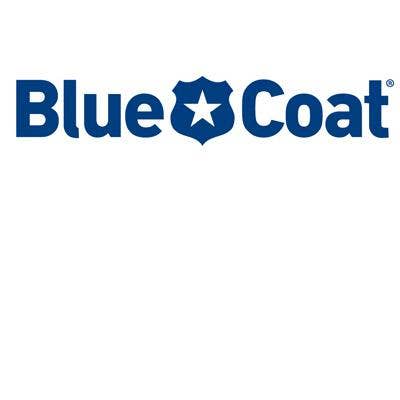
The state of the economy was rarely out of the spotlight in 2009 as U.S. businesses -- along with the rest of the world -- grappled with the impact of crashing markets, budget cuts and dried-up sales pipelines. Some VARs scrambled to grab their share of stimulus dollars from the American Recovery and Reinvestment Act, while others took advantage of financial incentives from a variety of vendors and distributors. And many in the channel found ways to grow, despite the crumbling economy.
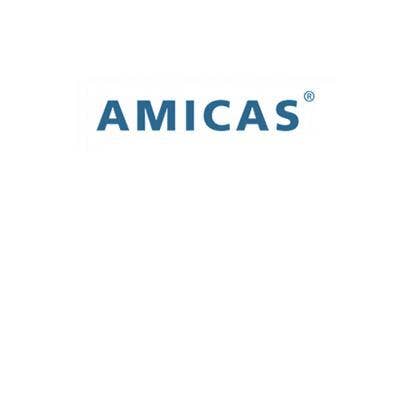
Microsoft couldn't wait to wipe away the bad Windows Vista mojo and make a fresh start with its much ballyhooed Windows 7 operating system. Launch day finally arrived on October 22, and the OS debuted to (mostly) rave reviews. Microsoft's system partners lined up with new laptops and desktops, some of which take advantage of the software's integrated touchscreen support. Vista who? Phew.
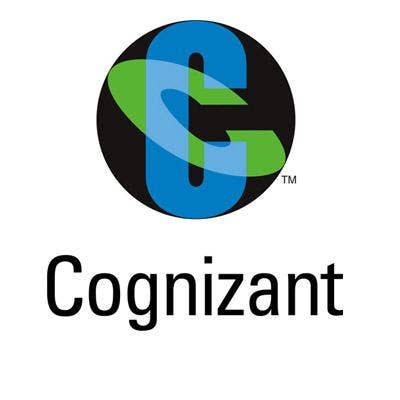
The buzz around cloud computing reached a fever pitch in 2009 as vendors of all types scrambled to roll out offerings (or at least pump out marketing materials) that pitched them as cloud players. Google and Microsoft went head-to-head with hosted applications and cloud-based services, while Cisco Systems, EMC and VMware teamed up to tackle the private cloud via their Virtualization Computing Environment coalition. Not to be left out, Microsoft continued to tinker with its forthcoming Windows Azure cloud computing platform. Meanwhile, a slew of startups slinging cloud-based storage and security services courted channel partners and the tightening economy opened customers' eyes to the potential cost-savings of SaaS.
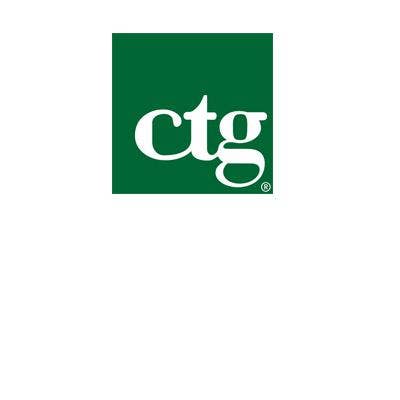
Cisco and Hewlett-Packard have been competing for years as HP's ProCurve division, heralded for offering value-priced networking gear with lifetime warranties, has been gaining a foothold in the Cisco-dominated infrastructure space. But 2009 saw a rapid escalation of the duel as Cisco Chairman and CEO John Chambers (shown) pushed the company further into the data center with the launch of its Unified Computing System, an infrastructure product that includes an integrated blade server, squarely on HP's turf. In the ensuing months, the two companies have traded barbs via a flurry of blog posts, press releases, keynote addresses and executive interviews. Solution providers acknowledge that increased competition is generally a good thing for the market, but many that work with both vendors are wary of getting caught in the middle.
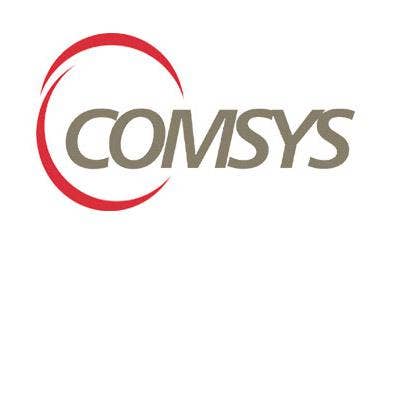
IBM's loss could be Oracle's gain. After a potential deal for IBM to buy Sun Microsystems fell through, Oracle in April unveiled plans to snap up Sun in a deal valued at $7.4 billion. The acquisition would bring not only Sun's Solaris operating system, MySQL open-source database and Java programming language into Oracle's portfolio, but also its line of hardware products, including servers. Oracle CEO Larry Ellison (shown) has vowed to continue Sun's hardware lines, despite widespread industry speculation to the contrary. But Ellison can't count his servers before they're hatched: the deal has run into a road block as the European Union has launched an antitrust investigation into the sale.
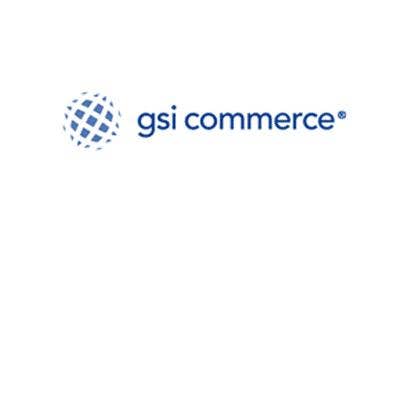
Services are king. Getting a head start on the holiday shopping season, several vendors went out and bought themselves more services revenue via planned acquisitions of large systems integrators. Dell in September said it plans to purchase Perot Systems for $3.9 billion, while Xerox CEO Ursula Burns (shown) that same month wrangled a deal to snap up Affiliated Computer Services for $6.4 billion.
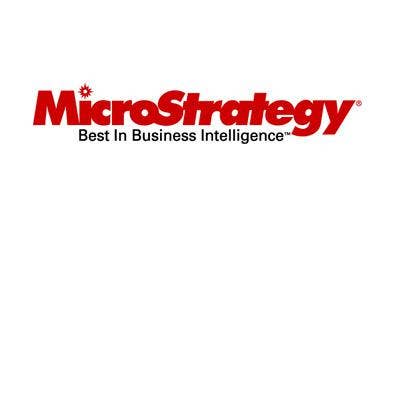
Android this and iPhone that. Smartphones were everywhere in 2009, particularly as buzzworthy products like Motorola's Droid (shown) and Apple's iPhone 3G S hit the market. But it's not just a hardware game. Vendors recognized that the value (and attractiveness) of smartphones rises based on the number of applications available for customers to run on them. Sure, Apple grappled with whether or not to ban potentially controversial software such as 'Hottest Girls' from its App Store, but the real story for channel partners is the opportunity to build and integrate custom mobile applications for businesses.
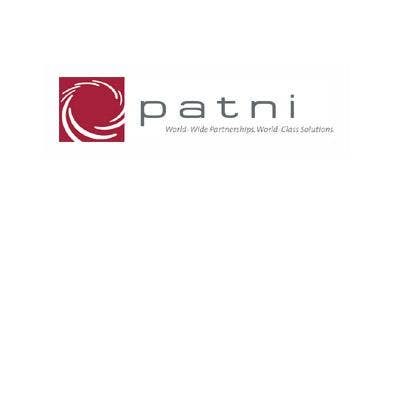
It was a turbulent year for Apple, to say the least. January brought word that CEO Steve Jobs was taking a five-month medical leave for what was later revealed to be a liver transplant. But of course the show must go on. In his absence the company launched its iPhone 3G S and a new iPhone 3.0 operating system. But then the company grappled with complaints against its exclusive wireless partner, AT&T, when it became clear that the carrier's network did not support some of the newly launched iPhone features. Jobs returned to the corner office in late June, followed by Apple's launch in the fall of its OS X 10.6 "Snow Leopard" operating system upgrade and new iPods.
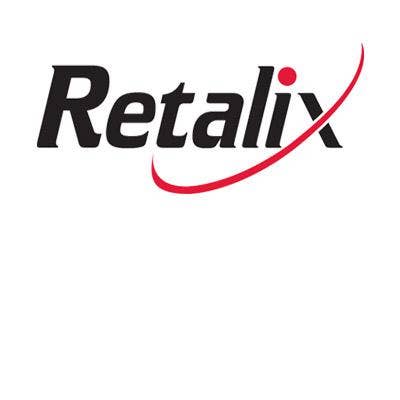
Social networking continued to creep its way into the global vernacular, particularly as superstars such as Oprah Winfrey and Ashton Kutcher made headlines for adopting the Twitter microblogging service. But it's not just for celebrities. IT companies such as Dell are making hay with their Twitter feeds. The company in July attributed over $3 million in sales to one of its Twitter feeds. And plenty of VARs are getting into the act as well.
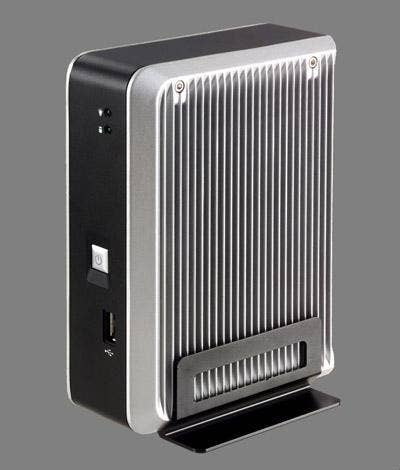
IBM and Intel found themselves in the middle of the Galleon Group insider trading scandal as word broke on October 16 that federal prosecutors had filed charges against employees from both companies alleging the illegal sharing of confidential information as part of what is being called the country's largest insider trading bust. IBM hardware boss Bob Moffat (shown) was among the accused, which came as a surprise to many in the channel, as Moffat was seen as a potential successor to IBM Chairman and CEO Sam Palmisano.